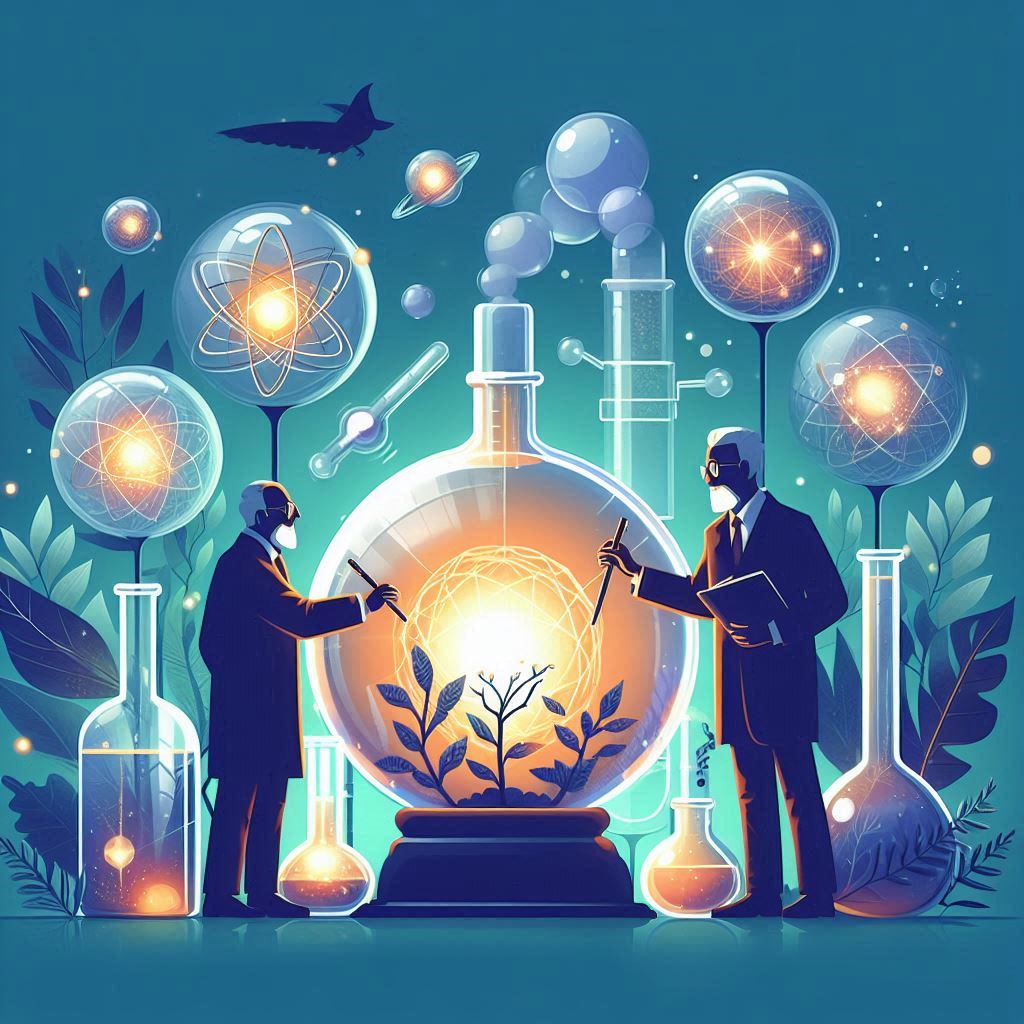Breaking Down Complex Concepts:
Unraveling The Mysteries Of Science
SVISSS
Introduction:
Science is full of complex concepts that can be daunting for students to understand. As a secondary science teacher, it's essential to break down these concepts into manageable pieces, making them accessible and engaging for our students. In this blog post, we'll explore some strategies for simplifying complex scientific ideas and provide examples of how to apply them in the classroom.Strategy 1: Analogies and Metaphors
Using analogies and metaphors is an effective way to explain complex concepts in simple terms. By comparing abstract ideas to everyday experiences, students can develop a deeper understanding of the material.Example: Explaining DNA Structure
Compare DNA's double helix structure to a spiral staircase, where the sugar and phosphate molecules form the railing, and the nitrogenous bases are the steps.
Strategy 2: Visual Aids
Visual aids like diagrams, flowcharts, and infographics can help students visualize complex processes and relationships.Example: Illustrating Photosynthesis
Use a flowchart to show how light energy is converted into chemical energy, highlighting the roles of chlorophyll, water, and carbon dioxide.
Strategy 3: Real-World Applications
Connecting scientific concepts to real-life scenarios makes them more relatable and interesting to students.Example: Explaining Newton's Laws
Use the example of a car's motion to illustrate Newton's First Law (inertia), Second Law (force and acceleration), and Third Law (action and reaction).
Strategy 4: Breaking Down Processes
Complex processes can be overwhelming, but breaking them down into smaller steps makes them more manageable.Example: Explaining Cellular Respiration
Divide the process into three stages: glycolysis, the citric acid cycle, and oxidative phosphorylation, highlighting the key events and molecules involved.
Conclusion:
Breaking down complex concepts is crucial for secondary science students to develop a deep understanding of scientific principles. By using analogies, visual aids, real-world applications, and process breakdowns, we can make science more accessible and engaging for our students.Mrs.Mohanapriya
Department of Science
Related posts
-
Mastering Neet Physics Problems:
Tips And Strategies For Success
-
Exploring Chemical Reactions:
Tips and Resources for Senior Secondary Chemistry Teachers
-
Taking Senior Secondary Maths to the Next Level:
Strategies for
Success


